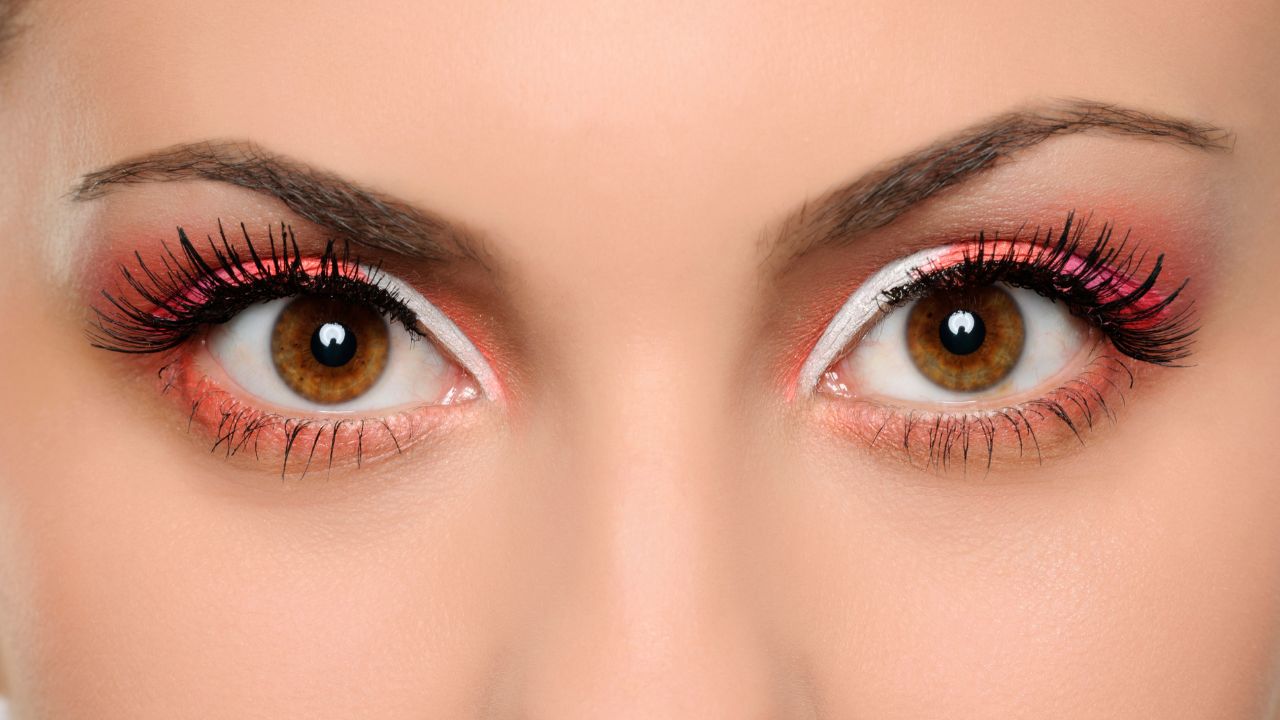Table of Contents
They say the eyes are the window to the soul, and for those with hazel eyes, that statement couldn’t be more true. Hazel eyes are a unique blend of brown, green, and gold hues that can captivate anyone who gazes into them. But have you ever wondered what causes this mesmerizing eye color? In this blog post, we will take a deep dive into the genetics behind hazel eyes – from how they’re formed to their rarity and potential for change. Get ready to discover everything you need to know about these enchanting peepers!
What Are Hazel Eyes? What Is the Hazel Eye Color?
Hazel eyes are a unique eye color that is often described as a blend of brown, green, and gold hues. Depending on the lighting and surrounding colors, hazel eyes can appear to shift between these different shades. The exact combination of pigments that creates this eye color varies from person to person.
One thing that sets hazel eyes apart from other eye colors is their depth and complexity. They can look completely different depending on the lighting or what someone is wearing – making them truly mesmerizing to behold.
While some people may have solid-colored hazel eyes, others may have flecks or speckles of other colors mixed in. This gives each set of hazel eyes its own unique appearance – no two pairs are exactly alike!
It’s safe to say that if you’re lucky enough to have hazel eyes, then you possess one of the most captivating eye colors out there!
How Does Someone Get Hazel Eyes?
Hazel eyes are a unique combination of green, brown and golden hues. But how does someone get hazel eyes? The answer lies in genetics.
Eye color is determined by the amount and type of pigments in the iris. The iris is the colored part of the eye that surrounds the pupil. Brown eyes have more melanin pigment, while blue eyes have less. Hazel eyes have a mix of both brown and blue pigment.
The specific genes responsible for eye color are complex and not fully understood. However, it is known that there are at least two genes involved in determining eye color: OCA2 and HERC2. These genes work together to produce different amounts and types of melanin pigment.
Interestingly, hazel eyes can also change color depending on lighting conditions or even mood! This is because the amount of light entering the eye affects how much light is absorbed by the irises’ pigmentation.
Ultimately, whether someone has hazel eyes or not comes down to their genetic makeup – a fascinating topic that scientists continue to study today!
Are Hazel Eyes Rare?
Hazel eyes are often considered to be rare, but the truth is that they are not as uncommon as we might think. In fact, almost 5% of the world’s population has hazel colored eyes.
However, it’s important to note that the frequency of hazel eyes can vary depending on geographic location and ethnicity. For example, people with European ancestry are more likely to have hazel colored eyes than those with African or Asian ancestry.
One reason why people may perceive hazel eyes to be rare is because they can vary in color and appear different under different lighting conditions. Some individuals may have greenish-brown or yellowish-green hues while others may have a more blue-gray tint.
It’s also worth noting that eye color inheritance is complex and not fully understood by scientists yet. While genetics do play a role in determining eye color, there are still many unknown factors at play.
While hazel eyes may not be as common as brown or blue eyes, they’re certainly not rare either. The uniqueness of this eye color lies in its ability to change shades based on various factors such as lighting and clothing colors worn around them.

Can Eyes Change Color?
One common question that people ask about their eye color is whether it can change over time. The answer to this question is both yes and no, depending on the situation.
For some individuals, their eyes may appear to change color under different lighting conditions or based on what they are wearing. This effect occurs because the way light reflects off of the iris can alter how our eyes look in different situations.
However, for most people, once your eye color has been established during infancy (usually by around six months old), it will remain relatively stable throughout your lifetime.
In rare cases, certain medical conditions or injuries can cause a person’s eye color to change permanently. For instance, some diseases affecting the iris or pigment-producing cells within the eye can lead to changes in hue.
While minor changes in appearance due to lighting or clothing are possible – true and significant shifts in adult eye color are generally not expected outside of specific circumstances like disease or injury.
How Can You Tell If You Have Hazel Eyes?
Hazel eyes are a beautiful and unique eye color that can be quite difficult to identify. Unlike brown or blue eyes, which have more distinct hues, hazel eyes often appear as a combination of colors that can change depending on the lighting and surroundings.
One way to tell if you have hazel eyes is by observing your eye color in different types of light. In natural sunlight, hazel eyes may appear green or even golden-brown. Indoors under warm lighting, they may seem more amber or honey-colored. In cooler lighting conditions, like fluorescent lights or shadowy rooms, hazel eyes may look more grey-green.
Another characteristic of hazel eyes is their irregular pattern around the pupil. Rather than having a uniform dark ring like some other eye colors, people with hazel eyes often have flecks of different shades throughout their iris.
You can also determine if you have hazel eyes by looking closely at your family’s eye color history. Genetics plays a significant role in determining your eye color and it’s possible for certain variations to run in families.
Identifying whether you have hazel eyes takes some observation and attention to detail but once you know what to look for it becomes easier over time!
Summary: Hazel Eye Color
In summary, hazel eyes are a unique and beautiful eye color that is a result of complex genetic factors. While they may be less common than other eye colors, their rich and intriguing variations make them all the more special.
Whether you have hazel eyes yourself or simply appreciate their beauty, understanding the science behind this fascinating eye color can help us better appreciate the intricacies of human genetics and biology. So next time you catch a glimpse of those beautiful hazel eyes, take a moment to marvel at just how amazing our bodies really are!








